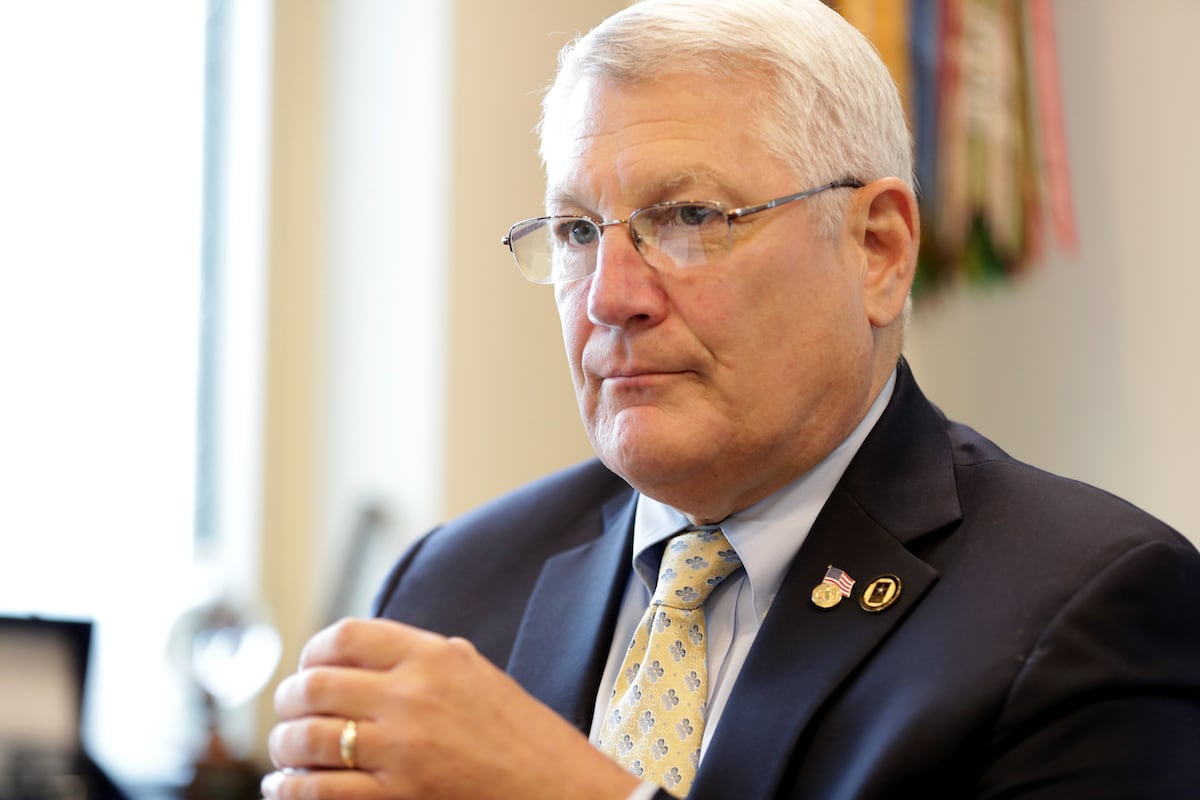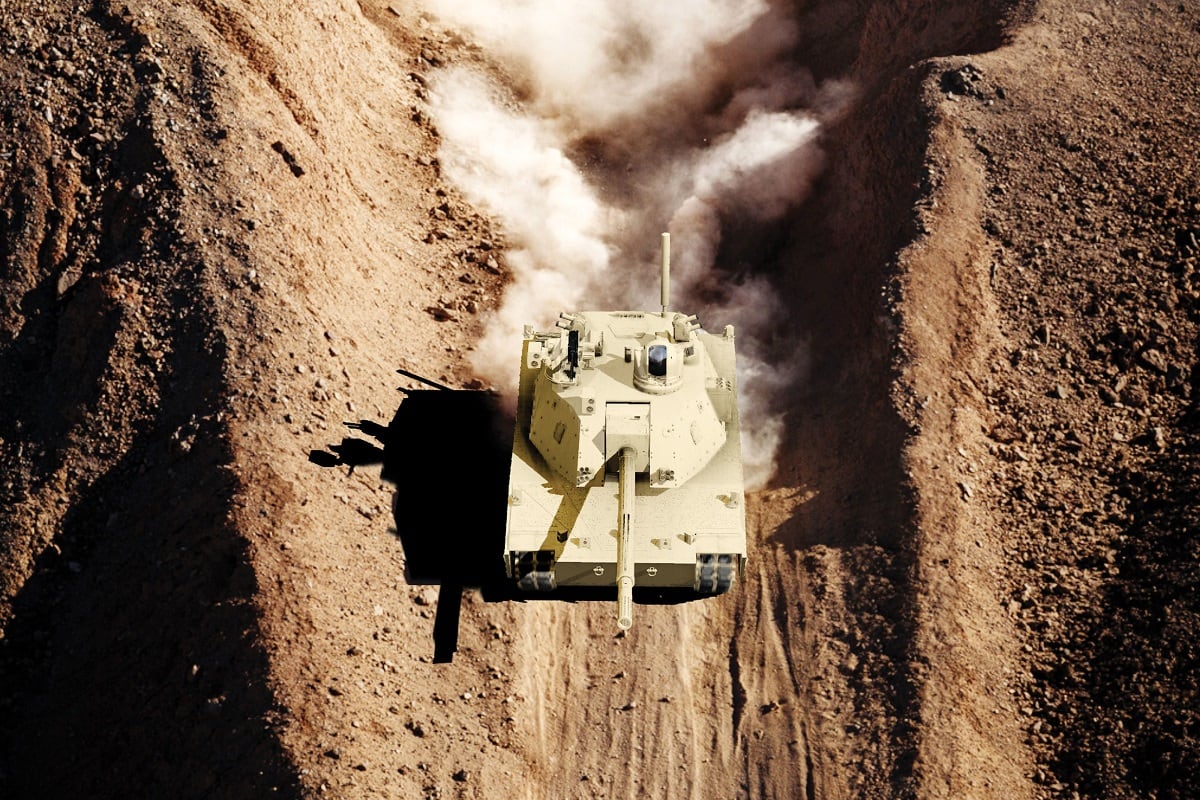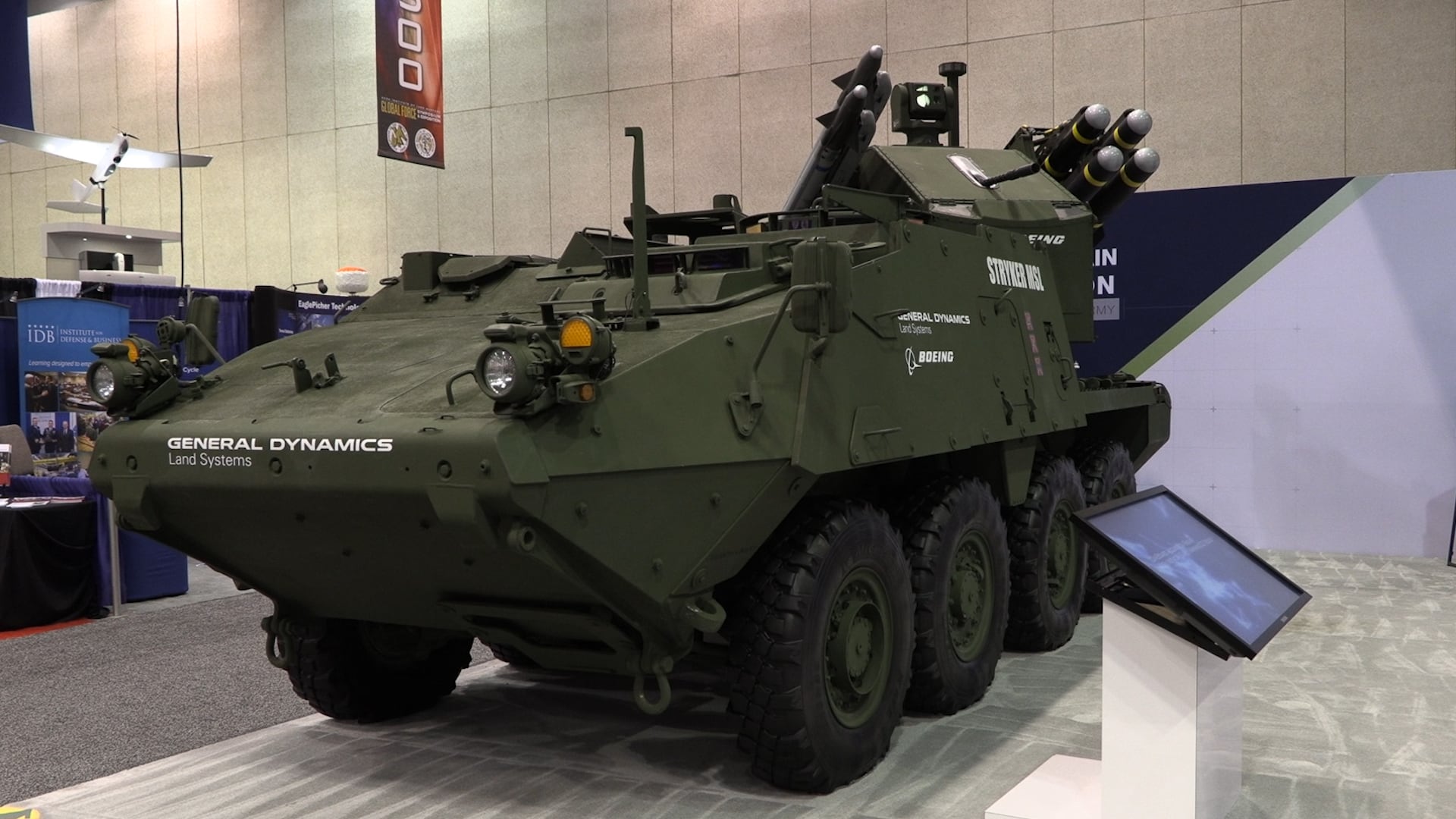The theme of this year’s Association of the United States Army annual meeting is “Ready Now, More Lethal Tomorrow.”
Once that was settled on, AUSA’s president and his team set about compiling a schedule of speakers and filling a show floor for what amounts to both an open house and a (fiscal) new year celebration for the service.
This year’s show will be the biggest since 2012, retired Gen. Carter Ham, AUSA’s president, told Army Times in a Sept. 26 interview, when it comes to both the things to see and the expected 30,000 attendees.
“There is more big stuff this year,” he said. “There are more big pieces of equipment on the floor this year than there have been in many, many years. People who like to crawl around on stuff will find ample opportunities to do that.”
There is also a renewed sense of excitement from vendors, following the launch of Army Futures Command in Austin, Texas. The Army is always open for business, but with a four-star in charge and eight specific teams with clear points of contact, defense contractors have clear points of entry to the Army’s modernization push.
For more coverage from the AUSA annual meeting, click here.
“I think there clearly is a buzz about Army Futures Command within the business community right now,” Ham said. "Part of it is a recognition ― and I think an appreciation, frankly ― that the Army has recognized that its past practices have not been conducive to speed, to innovation, to getting material in the hands of soldiers more rapidly and at better cost. Businesses want to know, ‘How do I engage with this new entity of the Army?’ "

The Army is looking for six things officially, but really eight things in total: Long-range precision fires, a ground combat vehicle, future vertical lift platforms, air and missile defense, soldier lethality and an impenetrable network, along with positioning, navigating and timing solutions and a solid synthetic training environment.
“It says, hey, if you want to get the Army’s attention, then you really need to be focused on delivering a product or a service that is aligned with the Army’s priorities,” Ham said. “The Army does a gazillion things. Those six are the priority. If what you do does not necessarily or clearly align with those six, it does not mean the Army does not love you. It does not mean the Army is not going to buy that product or service. It is not going to get the same attention as those top six.”
Each lead for those eight cross-functional teams will both present at AUSA and have opportunities to engage with attendees.
“The structure, if you will, that has been built by the Army to support those modernization priorities makes it a little clearer for businesses and others. Again, where is my entry point?” Ham said. “There is now a face and a name. I know I can talk to General Jones, and that is the person who is leading this cross-functional team on this particular modernization priority.”
And while speakers will focus on classic topics of manning, training and equipping, those panels will be rounded up by a keynote from Homeland Security Secretary Kirstjen Nielsen on the response to last year’s Hurricane Maria in Puerto Rico, and the Army’s help in that effort.
RELATED

“We think that because there are many missions — Homeland Security missions in which the Army plays an important role — it seems to be a natural fit,” Ham said. “On the industry side, there are many defense industries and others whose products and services support both the Army and various entities within the Department of Homeland Security.”
Ahead of the meeting, AUSA published its annual Green Book, with Ham’s message of support and motivation, titled “We’ve Been Here Before.”
“It was to remind folks that this Army has a long history. We sometimes have a tendency to think that we are encountering things that nobody else has ever encountered,” Ham said. “While the specifics may be different and circumstantial based on the era in which one lives, the broad themes are about the same. I thought it was worthwhile just to remind all ... the Army has weathered tough storms before. The Army has been through, as the chief of staff would say, a changing character of war before.”
Meghann Myers is the Pentagon bureau chief at Military Times. She covers operations, policy, personnel, leadership and other issues affecting service members.




